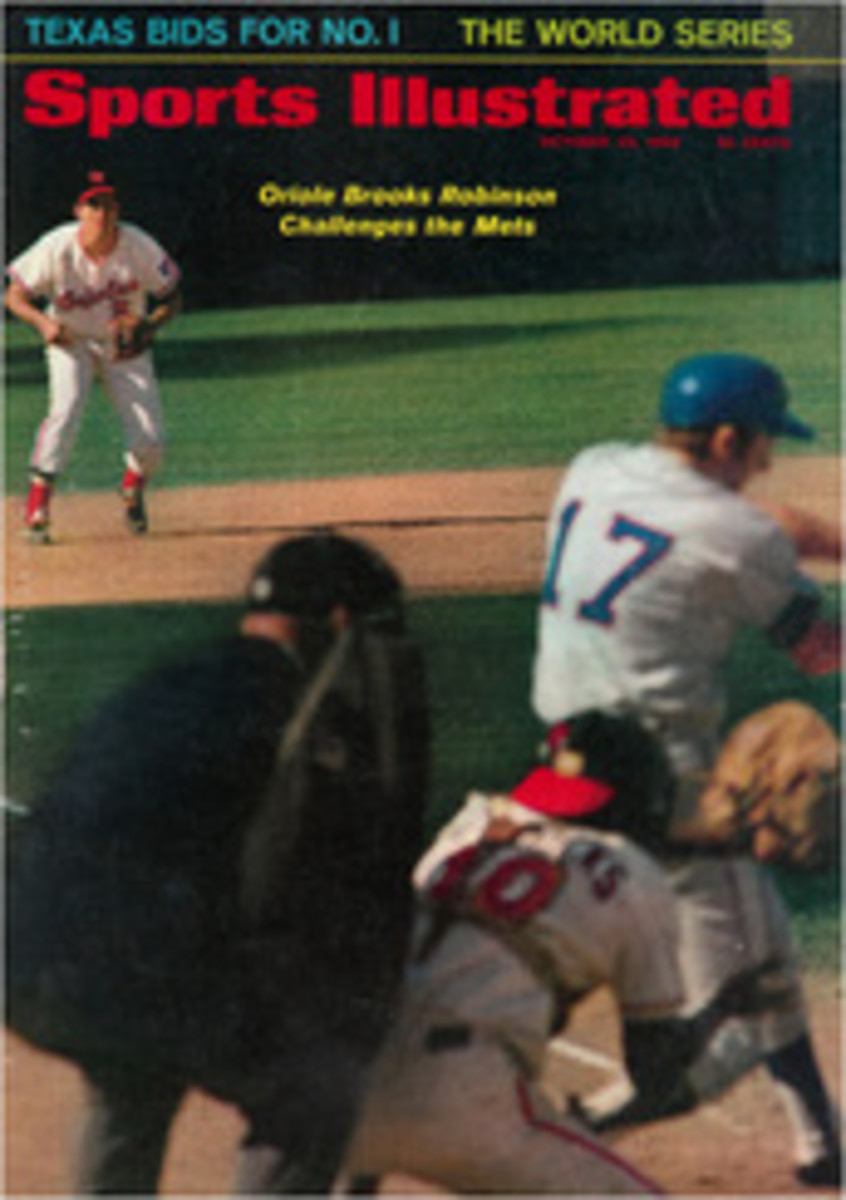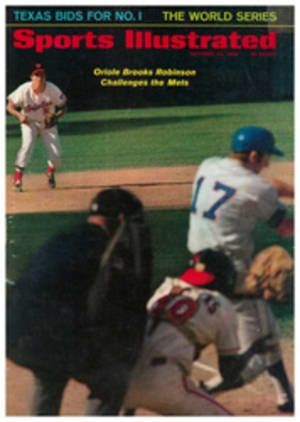
LETTER FROM THE PUBLISHER
A weekend ago television probably reached its acme, if not its Zenith. The dial spinning began on Saturday when the Baltimore Orioles needed 12 innings to beat the Minnesota Twins in one of the year's best baseball games and baseball's first divisional playoff. This infringed on the allotted TV time for the Mets to amaze Atlanta. Would NBC Heidi it? Cut off the Orioles to start the Mets? It was autumn's first squeeze play. That night college football and ABC offered Alabama vs. Mississippi with a shank-of-the-evening starting time, 9:30. The game was the world's wildest late show—four last-quarter touchdowns between 12:05 and 12:25 E.D.T. The next bleary-eyed day, assuming you didn't bother with the brunchtime tape of Notre Dame vs. Michigan State, the Mets were there doing an instant replay of Saturday's rout, preceded by Jets and Patriots and mixed in (courtesy CBS) with Redskins and 49ers.
Unusual picture-tube frenzy? Yes, but one week later 51 million Americans sat down to watch the World Series, football again commanded its full share of our own prime time and a conclusion was inescapable: the amalgamation of television and sport has had a profound effect on television, on sport and on the leisure-time life patterns of us all.
Later this year SPORTS ILLUSTRATED will explore at length the TV-sport relationship in a series that Writer Bill Johnson has been researching for seven months. There we will assess television's effect on American sports, tell you how it all began, take you behind the network scenes and even let you know such things as who is supposed to have shown what unsigned multimillion-dollar TV football contract to which rival network boss under what streetlight, or which network executive looked out of his office window to see what sport representative giving him a fast shuffle in the office of his competitor across the street.
Like most sports followers, we decidedly approve of the TV-sport combine. But the relationship needs, and deserves, close watching. That is the reason we now are adding to our regular columns—BOOKTALK, SHOPWALK, FOOTLOOSE—a new entry, TV TALK (page 13).
Among those 51 million watching the Series is one man working especially on our behalf, Wilfrid Sheed. An esteemed critic in many fields—his theater, movie and book reviews have appeared in LIFE, The New Yorker and Esquire—Sheed is also an appreciative and sophisticated follower of sport. "If you had to limit yourself to one aspect of American life," he once wrote for us, "the showdowns between pitcher and hitter, quarterback and defense, hustler and fish, would tell you more about politics, manners, style in this country than any one other thing." Indeed, Sheed says he finds himself in these Naked-Came-Calcutta days uneasy about literature and dubious about the theater, but sport seems to him especially vigorous and rewarding. "Besides," he says, "no serious critic has followed sport television. The rascals should know somebody out here is watching."
We are pleased to applaud television for its stimulating sport weekends. And we trust you will be pleased that somebody named Sheed is out here watching.
ILLUSTRATION

